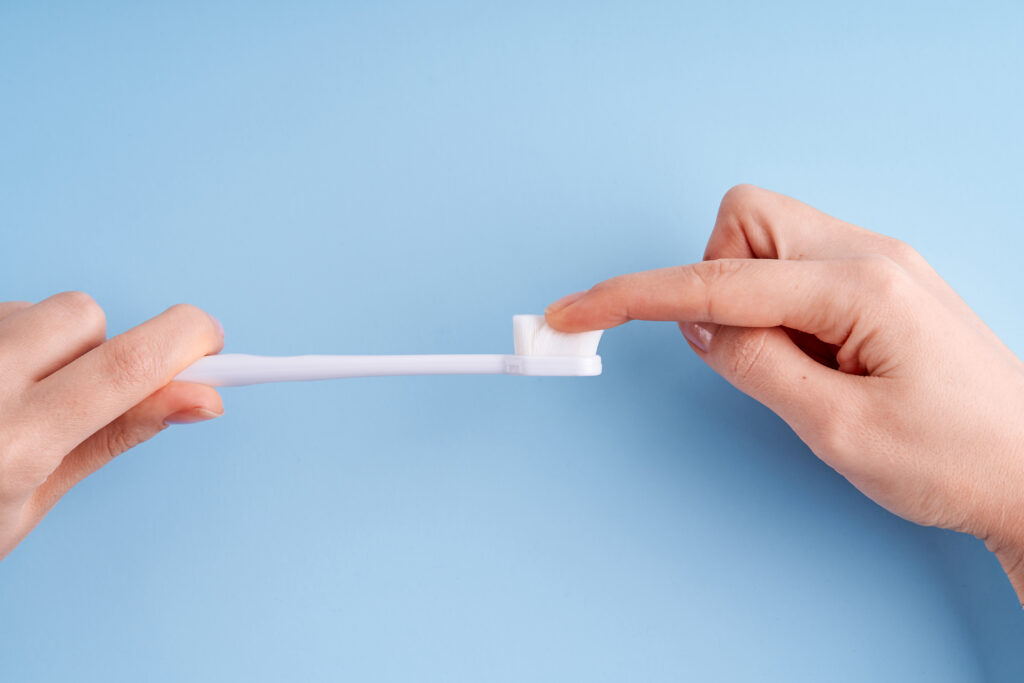Proper toothbrush care is essential for maintaining good oral health, but there’s a lot of misinformation out there. In this blog post, we’ll debunk common myths and provide evidence-based guidance on how to care for your toothbrush effectively.
The Myth of Toothbrush Soaking:
Contrary to popular belief, soaking your toothbrush in an antibacterial mouthrinse or using a toothbrush sanitizer doesn’t have a significant impact on oral health. Clinical evidence suggests that these methods neither positively nor negatively affect health outcomes.
Potential Risks of Cleaning Methods:
While it’s important to keep your toothbrush clean, some cleaning methods may do more harm than good. For instance, using a dishwasher or microwave oven to sanitize your toothbrush could damage the bristles, compromising its effectiveness.
ADA Recommendations for Toothbrush Replacement:
According to the American Dental Association (ADA), replacing your toothbrush every three to four months is crucial for optimal oral hygiene. This timeframe ensures that the bristles remain effective at removing plaque and debris. Additionally, if the bristles become frayed before the three-month mark, it’s time for a new toothbrush. Children’s toothbrushes may need to be replaced even more frequently due to their smaller size and increased wear and tear.
Proper toothbrush care is vital for maintaining good oral health, but it’s essential to separate fact from fiction. While there’s no need to soak your toothbrush in antibacterial mouthrinse or use fancy sanitizers, regular replacement every three to four months is key. By following evidence-based recommendations from the ADA, you can ensure that your toothbrush remains effective in keeping your smile healthy and bright.
Keep it simple, replace your toothbrush regularly, and prioritize consistent oral hygiene practices for a happy, healthy smile. And remember to schedule your appointments with Dental Hut!

